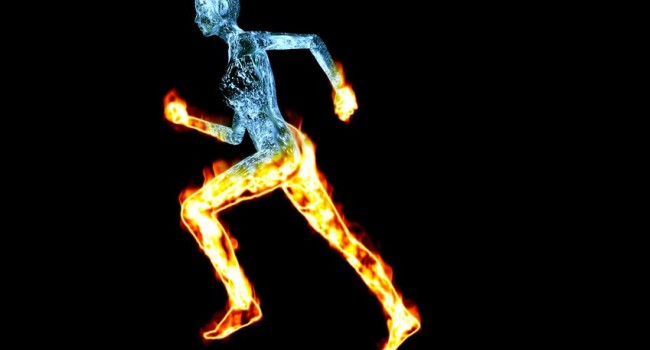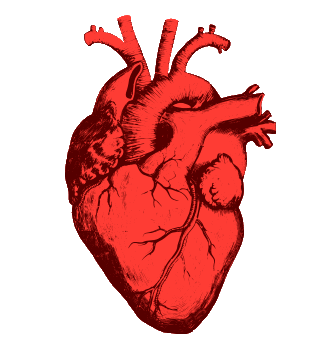It is often said that breakfast is the most important meal yet most of us skip it on a daily basis or only eat it on weekends as we believe this is the only time during the week where we have the time to make ourselves breakfast. So today I'm just going to post a few quick and easy recipes you could make any day of the week which are healthy as well. Oats, scrambled eggs and yoghurt are 3 easy options which have countless possibilities for toppings and are my staples any day of the week.
Peanut butter and banana oats
1 banana
1 tablespoon peanut butter
1/4 cup oats
1/2 cup water
Place oats, water and peanut butter into a microwave proof bowl and cook for 90-120 secs.
While this is cooking slice up a banana
Mix together and add a little more water if needed for your ideal consistency
Place your banana on top
Eat and enjoy
Apple and cinnamon oats
1 small apple
1 teaspoon cinnamon
1/4 cup oats
1/2 cup water
Place oats and water into a microwave proof bowl and cook for 90-120 secs.
While this is cooking grate your apple
Mix together and add a little more water if needed for your ideal consistency
Place apple and cinnamon on top
Eat and enjoy
Yoghurt with muesli and fruit
1 cup yoghurt
1/2 cup granola/muesli
1 cup frozen diced up fruit
Place all ingredients in a bowl and enjoy
Scrambled Eggs
2 eggs
dash of milk
tomato
1/2 onion
mushroom
Dice up vegetables
Mix all vegetables together
Fry all up together
Once all ingredients are cooked place on a plate and enjoy
These are just a few recipes I made up this week. All contain protein which helps with muscle repair and boosts metabolism which aids in remaining a healthy weight. And you can always treat yourself with breakfast in bed on the weekend. Hope you have enjoyed this. Next week I'll be writing a couple of blogs based on suggestions I received this week. Enjoy your weekend
Simone
x









































